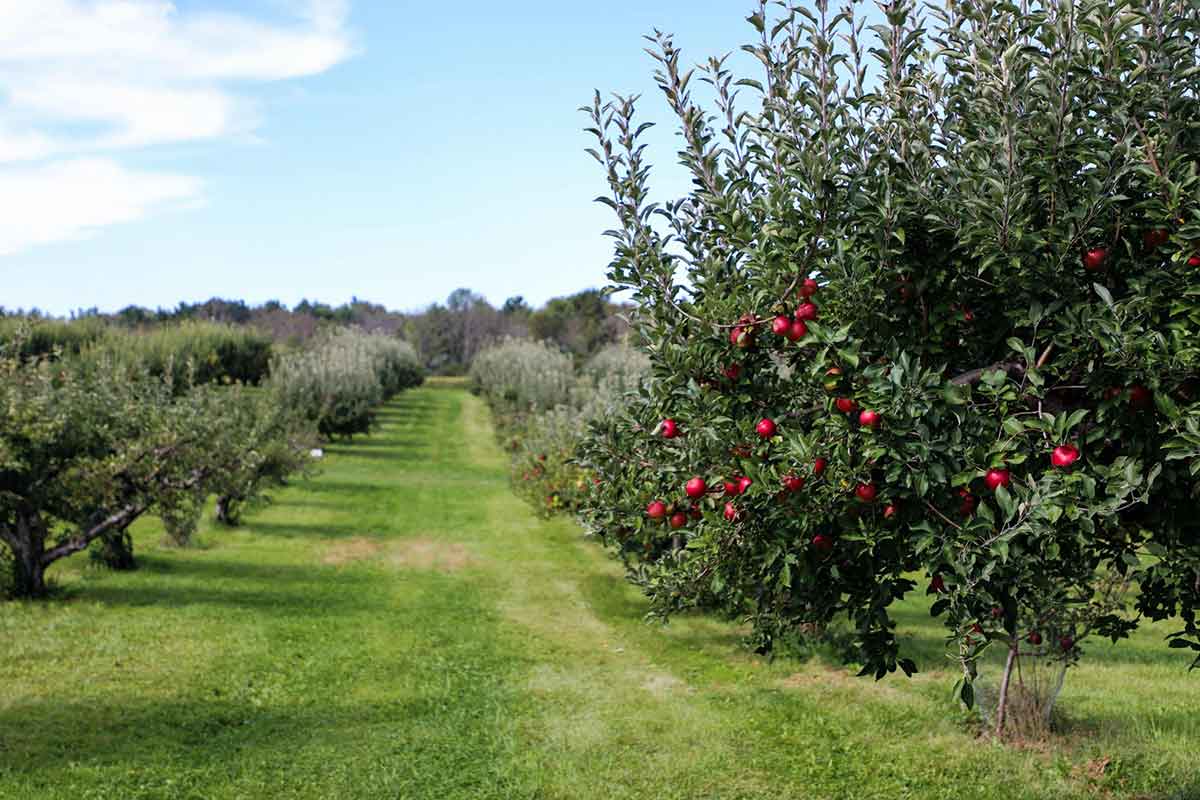When the grass has been cut, turned, and dried into hay it is ready for baling. However, a baler will struggle to pick up hay while it is spread over the ground, so it needs to be raked into windrows before baling can proceed. There are four main types of belt rakes designed for this purpose, namely wheel rakes, parallel bar rakes, belt rakes and rotary rakes. But how do they work, and which one is right for you?

Wheel Rakes
Wheel rakes, also known as acrobats or sun rakes, are one of the simplest versions of the hay rake. Most wheel rakes do not require any other energy from a power take-off (PTO) or hydraulics to function. The tine wheels are turned by the forward momentum of the tractor and the friction with the ground. This type of hay rake is incredibly popular, due to its low energy consumption, minimal maintenance, and budget-friendly price.
However, it can take some practice to use it effectively. If the linkage is set too low, the tines will rake dirt and other impurities into the hay which will produce inferior fodder. Wetter hay can also lead to the strands tangling, as the wheel rake produces a denser windrow than other hay rakes, so it is best to wait for the hay to be completely dry before raking. Traditional hay rakes take up a lot of space and can be tricky to transport. The FPM Wheel Rake solves this issue with a hydraulic lift and folding arms. The arms also have various positions, enabling turning, spreading, and raking.

Parallel Bar Rakes
Sometimes known as twin rakes or basket rakes, bar rakes sit diagonally with the rear of the tractor, using a cylinder of tines to sweep the hay to the rearmost end of the rake. A ‘basket’ is attached to back of the machine which prevents hay escaping under the bar rake. The bar rake is a bit more costly than the wheel rake but still on the low end and is also simple to maintain. It can cope with wetter and heavier hay stock than a wheel rake, achieving a fluffier windrow which can be adjusted to match the size of the baler.
Much like the wheel rake, traditional bar rakes needed contact with the ground to move, which could result in more dirt in the hay. Newer models can be powered hydraulically so no contact with the ground is necessary anymore. However, while some hay-makers still have bar rakes, most now opt for the cheaper wheel rake, which offers the same basic efficiency, or for a pricier belt or rotary rake, offering greater precision and performance.

Belt Rakes
Belt rakes, or power rakes, are a small step up in price but a big leap forward in versatility. As they attach to the PTO, belt rakes do not require contact with the ground to function, resulting in higher quality forage. This is also one of the more compact versions of a hay rake so it is easy to transport and store. The rows of tines are moved by the PTO on a conveyor belt-type configuration, making consistent and fluffy windrows. It can also be used instead of a hay tedder to turn hay, or a harrow to remove thatch from lawns or prepare a seedbed, when the tines are aggressively on the ground.
The belt rake does use more power than the wheel rake and requires more maintenance. It is also more expensive than a wheel rake, but in the case of the FPM Belt Rake, the price is still friendly to your wallet.

Rotary Rakes
The top of the line in hay raking attachments is the rotary rake. The tine arms can be folded away when not in use but are still sturdy enough to pick up the hay without dirt and impurities, setting it down in fluffy, uniform windrows. It is suitable for wetter and heavier forage. The adjustable wheels allow for excellent contour adaptation.
The biggest barrier to acquiring a rotary rake can be the price, as the most expensive type of hay rake. It can also be more difficult to maintain than other types, due to the greater complexity of the machine relative to the other hay rakes. However, the FPM Rotary Rake is value for money and its parts are easy to replace.
Farm Tech Supplies offer a wide range of attachments for compact tractors. Stocking the full range from our premises in Hampshire we’re ready to fulfil all your hay-making attachment needs – contact us now!
We have an extensive network of dealers throughout the UK. If you’d like to find a local or would like to become a dealer, please get in touch.








